Insulin Resistance Combi Analysis
€ 180,50 – € 235,00 excl. VAT
The Insulin Resistance Combi Analysis includes 6-10 different determinations in blood, including insulin and glucose.
These provisions give you a good insight into the risk profile for diabetes 2 (diabetes) and diabetes 3 (Alzheimer’s) and cardiovascular disease. This test determines the HOMA index, and also determines whether your body has an overproduction or shortage of insulin. In addition to the results, you will receive a written explanation of the results.
Please note: This analysis can only be ordered by health professionals with clients living in The Netherlands!
Orders from consumers are not processed by us.
Description
Why?
It is no secret that Insulin Resistance is on the rise in the Western world. Insulin resistance is at the root of most western civilization diseases, including type 2 diabetes, cardiovascular disease and Alzheimer’s. However, the standard approach within regular medicine is not physiologically correct because it focuses unilaterally on measuring glucose levels in the blood. That is why scientists argue that more attention should be paid to measuring the fasting insulin value. An increase in insulin production is already detectable 10-20 years before a possible increase in blood glucose levels. Insulin resistance is the cause, and a rise in blood glucose levels years later is the result.
Cause and effect
Because the focus in regular medicine is on monitoring the symptom (rise in fasting blood glucose and HbA1C) and not on the cause, ie insulin resistance, intervention is usually only taken late. Furthermore, the treatment is not aimed at the cause, the Insulin Resistance, but at regulating the consequence, the blood sugar rise. The combined determination of insulin and glucose in the blood makes it possible to determine the so-called HOMA index. This is an indicator for the degree of Insulin Resistance. As a rule, doctors do not want to cooperate in having the fasting insulin value tested, in addition to the frequently used fasting glucose.
After your purchase
After ordering, you will receive a blood collection set by post within a few days, including a list of blood collection locations in your area where you can have blood drawn. You will also receive a file link by email in your order confirmation. You must download this form, complete it and bring it with you to the PMO prikpoli. See the following tabs for further details!
Please note: This analysis can only be ordered by health professionals with clients living in The Netherlands!
Which parameters are measured in the IR Combi (standard)
- HS-CRP
- Antibodies oxidized LDL cholesterol
- Glucose (Fasting)
- Insulin
- C-Peptide
- Homocysteïne
Which parameters are measured in the IR Combi (stantard)
- HS-CRP
- Antibodies oxidized LDL cholesterol
- Glucose (Fasting)
- Insulin
- C-Peptide
- Homocysteïne
- Uric acid
- Gamma GT
- ASAT
- ALAT
Why?
- Insulin resistance is often accompanied by a systemic inflammatory activity that we call ‘low-grade inflammation’. High-sensitive CRP is a good parameter to determine this.
- Antibodies against oxidized LDL cholesterol are an important indicator of cardiovascular disease (a common manifestation of Insulin Resistance).
- Fasting Glucose concentration together with Insulin gives the possibility to determine the HOMA-Insulin resistance index, a scientifically documented measure for determining the degree of Insulin resistance.
- C-Peptide: In the evaluation of endogenous insulin reserve, the determination of C-peptide in the peripheral blood has several advantages over that of insulin. C-peptide (not like insulin) is largely removed from the blood on first passage through the liver. Therefore, this value in peripheral blood gives a more reliable impression about beta cell activity than the insulin level itself. Furthermore, when using exogenous insulin, there is a high risk of developing antibodies that complicate insulin determination. Moreover, it is impossible to distinguish exogenous insulin from endogenous insulin. The C-peptide assay can do this and is not affected by antibody formation.
- Homocysteine: important risk factor for cardiovascular disease.
- Uric acid. Acidification of the body, muscles and joints is usually caused by a daily surplus of acid-forming foods. Acid-forming foods, after combustion, leave behind acidic waste products such as uric acid, lactic acid and acetic acid. Because the body cannot remove all of this acid surplus, the excess acids are stored in the body. Increased uric acid in the blood can result in gout.
- Gamma GT. Gamma GT (GGT or gamma-glutamyltransferase) is a liver enzyme. This is a substance in the liver that breaks down food, drink and waste products.
- ASAT/ALAT. The ASAT (aspartate aminotransferase)/ALAT (alanine aminotransferase) test measures the degree of liver damage. ASAT and ALAT are liver enzymes. An increase in ASAT/ALT levels may indicate liver damage. Liver damage can be caused by alcohol consumption, but also by hepatitis, medication use or another liver disease.
You will receive after your order:
- an email with a Lab form for this analysis in the order confirmation. You download this form and fill in your details.
- within a few days a package from the lab with a number of tubes for the blood. The package contains a letter on which you can find the locations of a PMO injection point in your area. You call the telephone number (see the letter) of the injection lab and make an appointment in your area.
- On the day of the appointment, take the lab form and the package with tubes with you to the injection clinic.
After the blood draw, put the tubes and the completed lab form in the seal bag supplied and send the envelope to the address on the seal bag.
Please note:
- You must be “sober” for the analysis. This means: Do not drink coffee or dairy products (such as milk, buttermilk or yogurt) after 11 p.m. from the evening before your appointment. No fried goods and no alcoholic beverages. Have a maximum of 2 slices of wholemeal bread for breakfast and/or lunch, with, for example, lean meat products, without butter. Drink water or tea without milk and sugar. Do not take any sweet toppings, no fruit and no dairy products.
- You must post the envelope with the tubes the same day before emptying time. Do not send by post on Friday, then the blood will be on its way too long. On hot or very cold days, deposit as close as possible before emptying time, or rather drop it off at a PostNL Service Point. Not with the parcels, but with the letter post. Because of the packaging, it is then treated as medical mail.
Store the blood at room temperature until shipment. - Blood sampling cannot be done in children under 17 years of age. This group is classified as “incapacitated”, and therefore cannot have blood drawn independently.
Show only reviews in English (0)
You must be logged in to post a review.



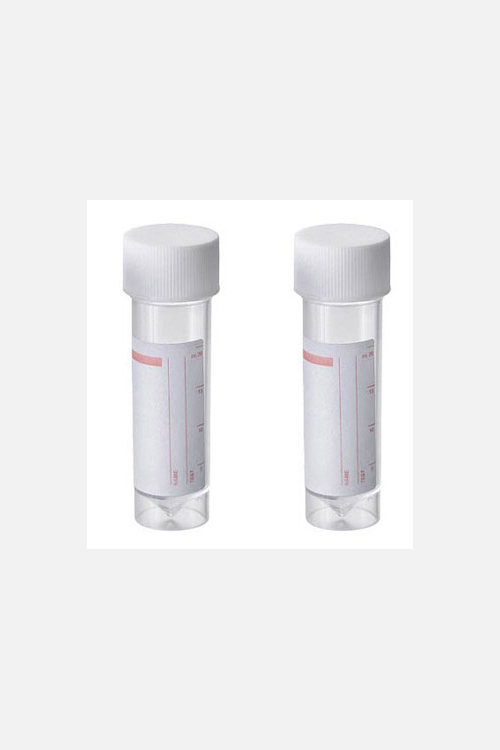
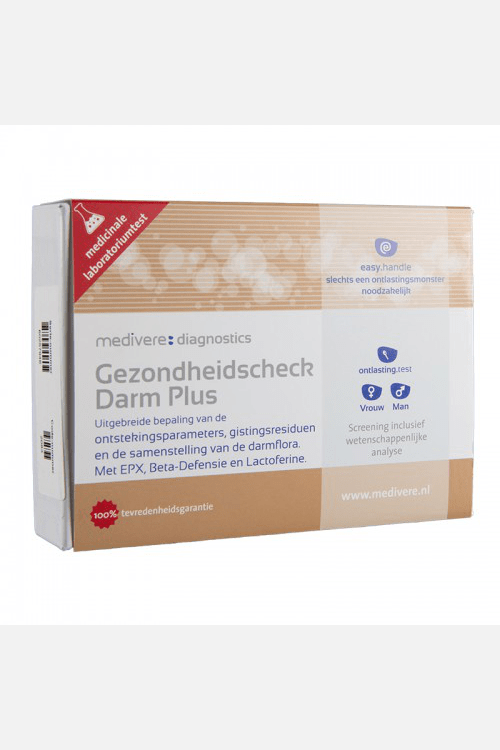
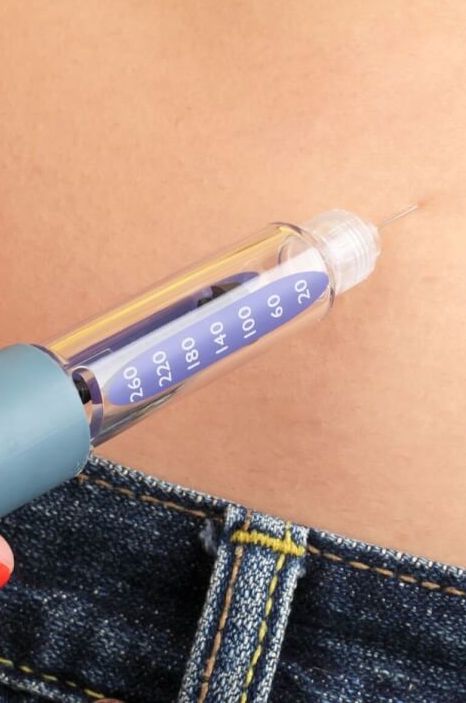
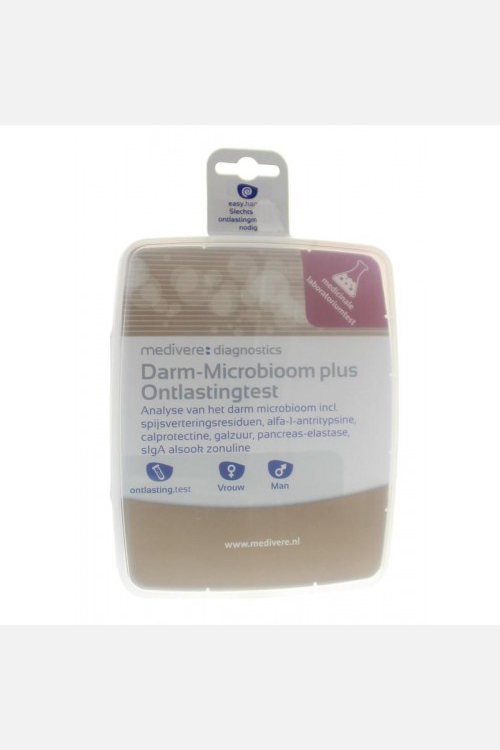
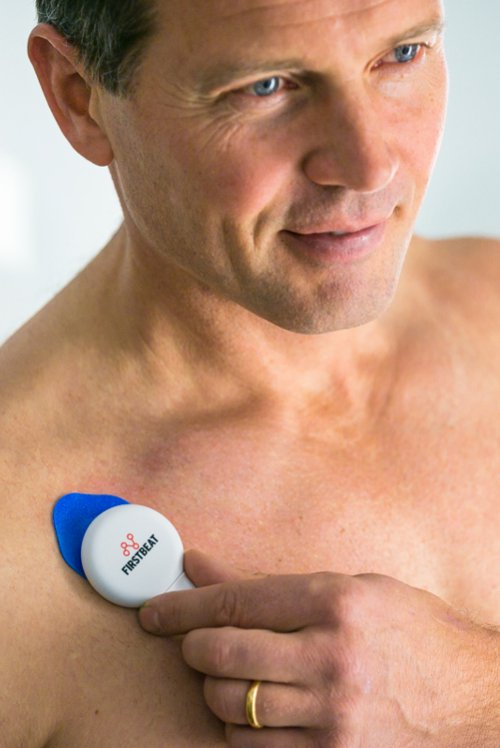
Reviews
There are no reviews yet.